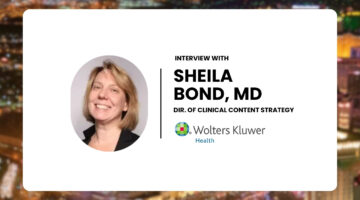Device maker Synovis Life Technologies Inc. said its board of directors has authorized the company to repurchase up to 1 million shares of its common stock.
Synovis’ board gave it plenty of leeway for the buyback. There’s no expiration date and no minimum purchase amount, according to a statement from the company.
The company seeks to buy back shares because it believes its stock is undervalued, according to Chief Executive Richard Kramp.

Transforming Clinical Content with Ambient & Generative AI
Sheila Bond, MD, talked about the latest trends regarding integration of AI in healthcare.
In addition to the 1 million shares, Synovis has the right to buy back 66,000 additional shares as part of a repurchase authorization from September, according to the statement. Synovis has about 11.2 million shares outstanding.
Last month, the company received U.S. Food and Drug Administration clearance for a device that measures blood flow immediately after surgical procedures in which veins have been connected.
Founded in 1985, Synovis divides its products into three major categories: staple-line reinforcement, soft-tissue repair and surgical tools.
Last year, Synovis received European regulatory approval for its signature Veritas technology, which involves converting cow tissue into a type of scaffolding that attracts the body’s own cells and blood vessels, allowing the body to eventually remodel the repaired tissue type.






